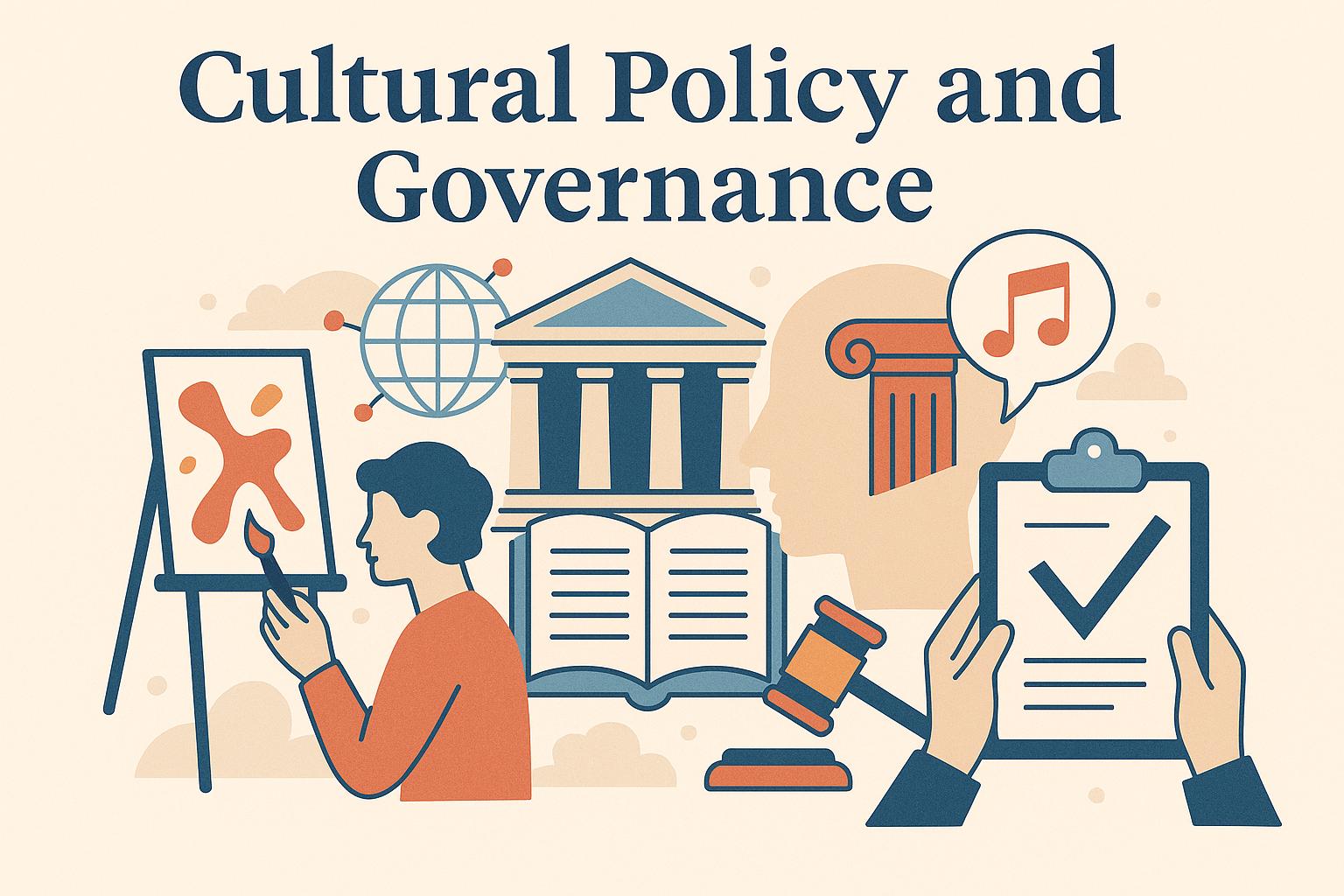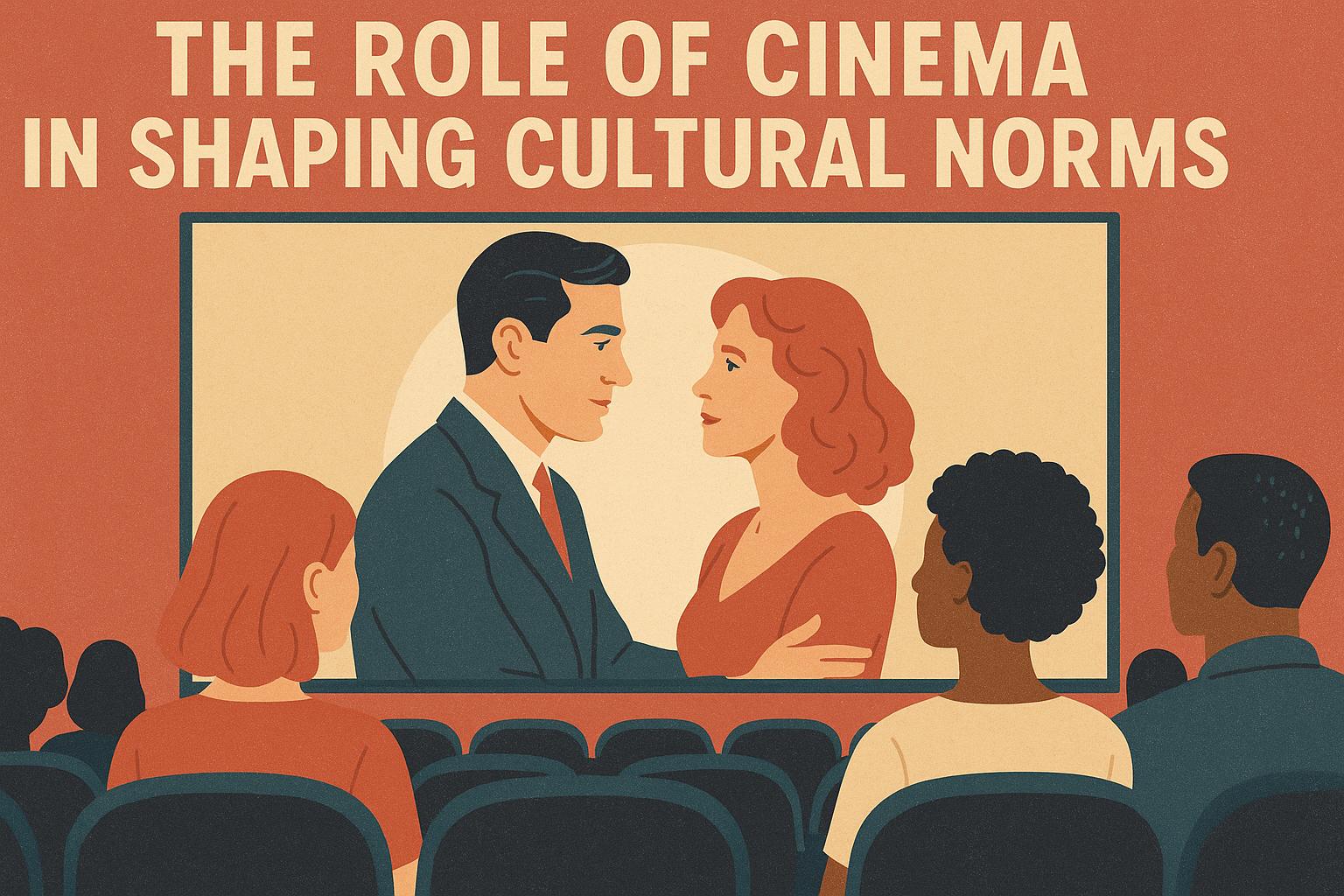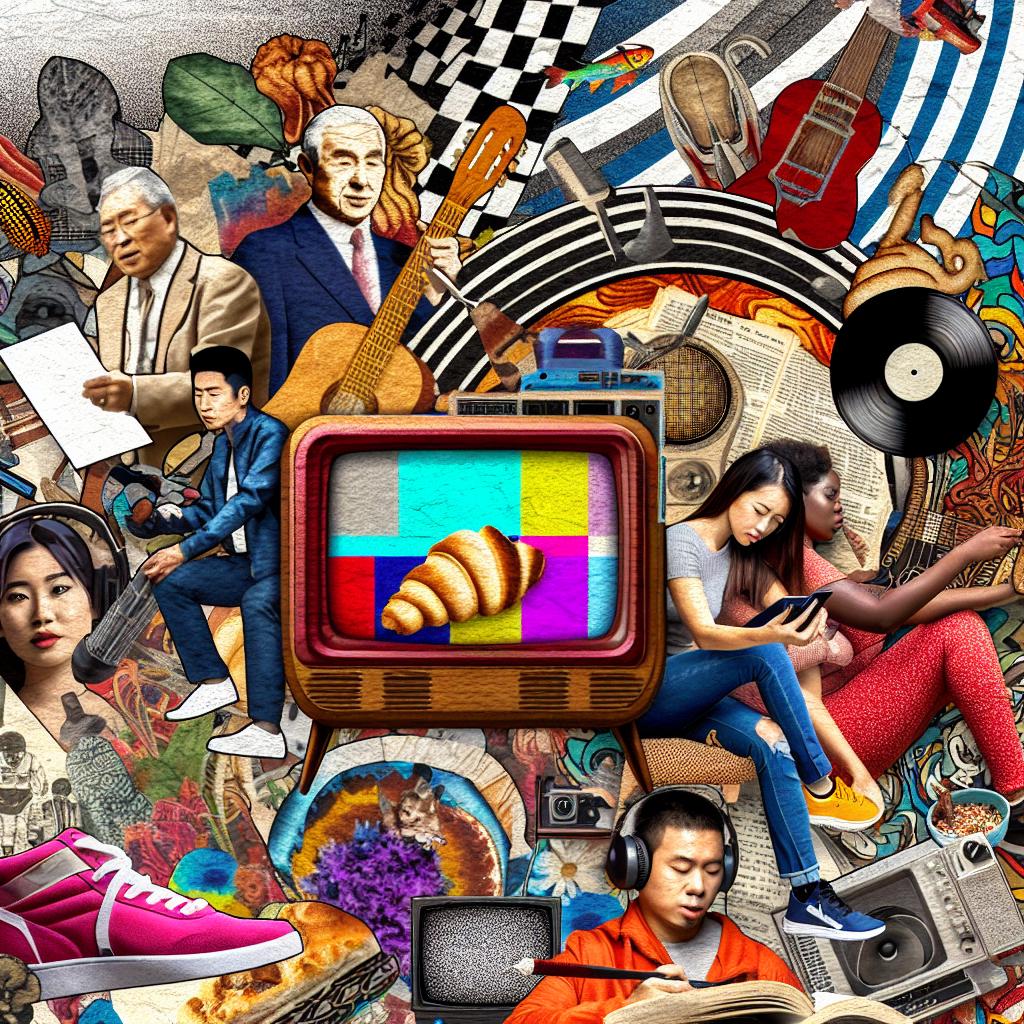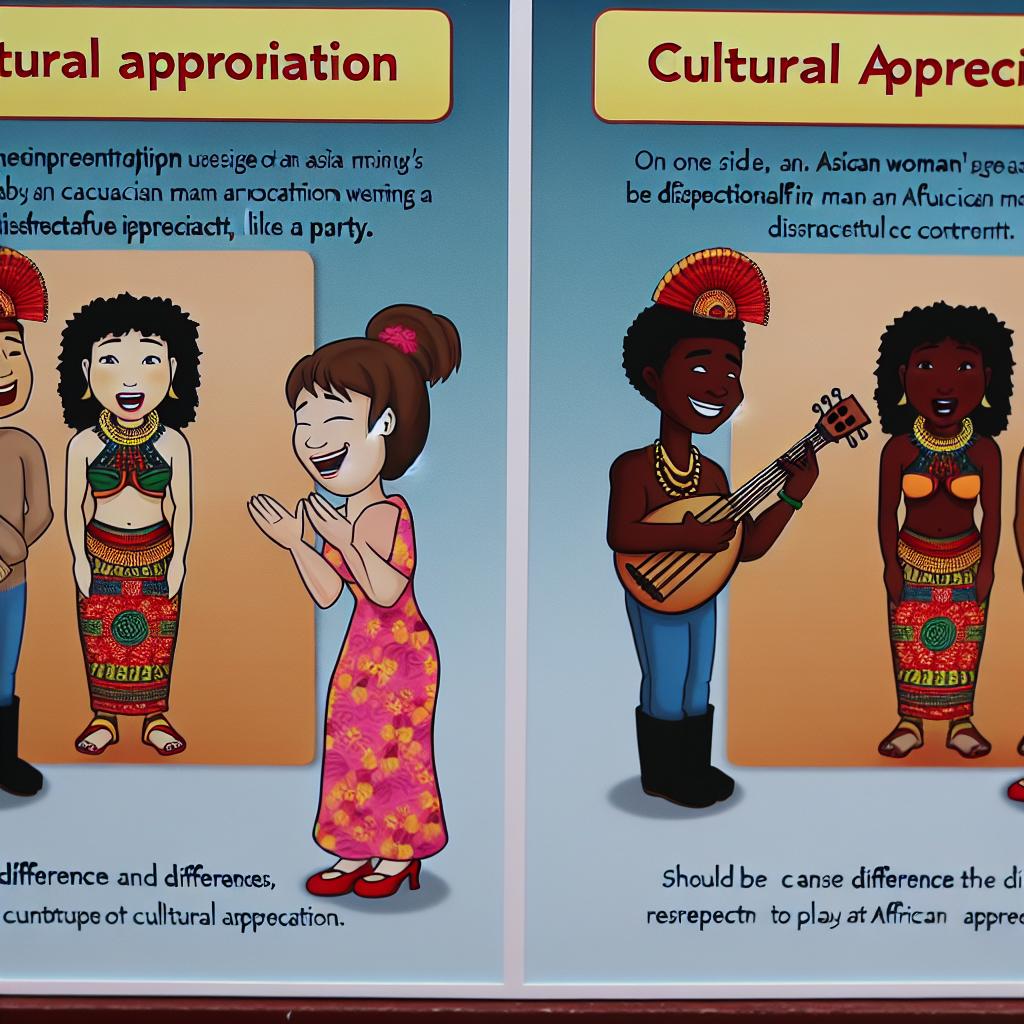Cultural Policy: An Overview
Cultural policy is a significant aspect of public policy, dealing with a range of areas related to both cultural heritage and the arts. It is designed to address numerous dimensions of cultural diversity, often seeking to support cultural institutions, protect cultural heritage, and promote the creative industries within various societies around the world. The framework for developing and implementing cultural policy is multifaceted, typically involving a host of stakeholders such as government bodies, cultural organizations, artists, and the general public.
Objectives of Cultural Policy
The objectives of cultural policy are diverse and comprehensive. Some of the commonly identified primary objectives include:
Preservation and Promotion of Cultural Heritage: One of the fundamental aims of cultural policy is the preservation and enhancement of cultural heritage. This involves government-driven initiatives to protect historical sites, monuments, and intangible cultural legacies, such as traditions and languages, ensuring that these valuable elements are handed down to future generations in their original form.
Support for the Arts: Enhancing the creation and dissemination of the arts is central to cultural policy. This objective often involves providing financial aid, grants, and infrastructure support to artists and cultural institutions. Such measures facilitate the development of the arts sector, enabling artists to produce innovative works and ensuring that the public has access to a diverse array of artistic expressions.
Encouragement of Cultural Diversity: Cultural policy often serves to promote diversity by supporting the expression of various cultural identities within a society. It aims at fostering an environment where different cultural expressions are equally represented and valued, giving a platform for diverse voices to contribute to the cultural landscape.
Key Actors in Cultural Policy
The shaping and implementation of cultural policy involve several crucial actors:
Government Agencies: These entities are responsible for formulating the legal and regulatory frameworks that guide cultural activities. Government bodies work to ensure that cultural policies align with broader national goals and help to set the direction for cultural development in both local and international contexts.
Cultural Organizations: Museums, theaters, and galleries serve as vital nodes for executing cultural policies at the practical level. They provide spaces for cultural engagement, education, and experience, playing an essential role in bringing policy to life by facilitating public access to culture.
Creative Industry Stakeholders: This group encompasses artists, producers, and various professionals who are instrumental in the creation and distribution of cultural goods and services. These stakeholders contribute significantly to the transmission of culture by producing new work and disseminating it through an array of platforms.
Challenges in Cultural Policy and Governance
Even though cultural policy is an integral component of governance, it faces a myriad of challenges:
Resource Allocation: Allocating adequate funding and resources to cultural initiatives can be challenging, particularly during periods of economic stress. Ensuring that cultural projects are sufficiently financed requires a delicate balancing act within budgetary frameworks.
Balancing Tradition and Innovation: A crucial challenge is the balancing act between the preservation of traditional cultural expressions and the encouragement of innovation and contemporary cultural expressions. Policies must be flexible enough to protect historical and cultural legacies while promoting new and emerging forms of artistic expression.
Globalization: The increasing international exchange of cultural products can pose a challenge to local cultural policies. Adapting to globalization involves crafting strategies that protect local cultures while simultaneously embracing global influences, ensuring that local voices are not overshadowed in an increasingly interconnected world.
Future Directions
The field of cultural policy is continually evolving, influenced by rapid changes in technology, increased global mobility, and shifting societal values. Going forward, it is likely that cultural policies will focus on several key areas. These may include leveraging digital platforms for cultural promotion, which allows for the widespread dissemination and access to cultural content worldwide, thus broadening the reach of cultural policies.
Enhancing cross-border cultural cooperation is another potential direction, as it encourages the sharing of cultural products across borders, leading to enhanced mutual understanding and appreciation of diverse cultures. Such cooperation can also contribute to global peace-building efforts and foster economic growth through the cultural sector.
Addressing issues of equity and inclusion within the cultural sector remains a critical focus for the future. As cultural policies develop, ensuring that all members of society have equal opportunities to engage with and contribute to cultural life becomes pivotal. This includes tackling barriers faced by marginalized groups and promoting inclusive cultural practices that reflect society’s diversity.
As the world becomes more interconnected, cultural policy will have to adapt to new realities. By doing so, it can ensure that cultural heritage and creativity are both preserved and nurtured, ultimately benefiting society at large. This will require innovative approaches, adaptive strategies, and a sustained commitment to the values and principles that underpin cultural policy.



